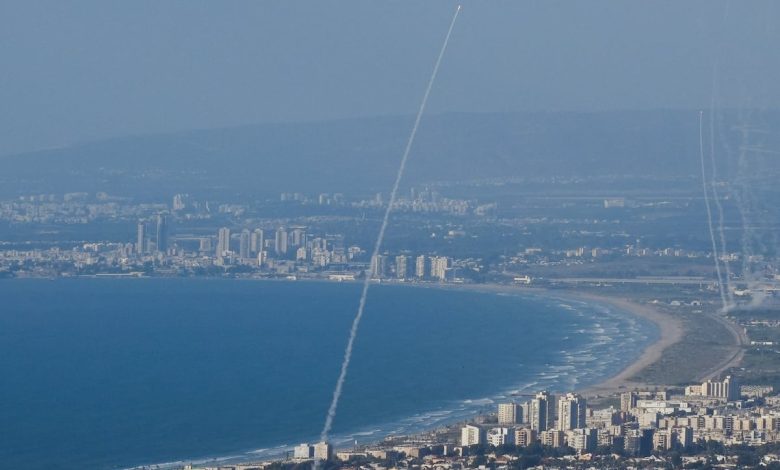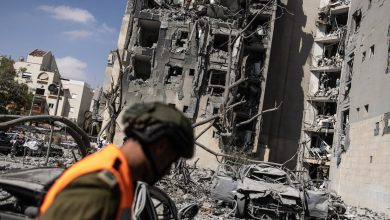Iron Dome unsuitable as missile shield for US or Europe, officials say

ABU DHABI, United Arab Emirates — Creating an Iron Dome defensive umbrella for the United States or Europe, modeled after Israel’s eponymous system, would be unsuitable against the threat of long-range missiles, according to industry executives here at the IDEX defense fair.
The assessment follows plans by the Trump administration to field such a system under the Iron Dome label. The U.S. president signed an executive order to that effect last month, with the goal of thwarting ballistic, hypersonic, and advanced cruise missiles.
While the idea quickly gained momentum among Republican lawmakers who introduced the Iron Dome Act on Feb. 6, it has also come under criticism by experts and industry officials who argue that deploying such a system would be unrealistic given what it was designed for.
“Iron Dome for America is a bad name for it — what about Titanium Dome?” Dave Alexander, the president of drone maker General Atomics quipped in an interview on the IDEX trade show floor.
Iron Dome was developed by the Israeli firm Rafael with Washington’s support. The majority of the components of the Tamir interceptor missiles that the Iron Dome fires are sourced through RTX’s, formerly Raytheon, U.S. supply chain.
Retired Brig. Gen. Shachar Shohat, vice president of business development in the air and missile defense division at Rafael, acknowledged that as countries have latched on to the branding of Iron Dome, there is confusion around its purpose.
“We need to differentiate between the Iron Dome, which is a short to medium-range range system — it became a brand name like Coca Cola that now everybody uses as it is highly successful,” he said in an interview with Defense News. But, Shohat added, Israel’s multilayered air-defense doctrine is about more than one system.
The Israeli weapon can neutralize threats launched from ranges between 4-70 kilometers, per the RTX website. A total of ten Iron Dome batteries are deployed in Israel, each able to protect approximately 60 square miles of territory.
For perspective, the U.S. territory spans an area of 3.8 million square miles, which would theoretically require tens of thousands of Iron Domes to effectively protect the country’s population and infrastructure.
In a December interview, Adm. Pierre Vandier, NATO’s top commander for transformation, similarly called the Iron Dome for Europe “unfeasible” if the goal is to intercept long-range threats.
The Rafael executive said the system could nevertheless be part of multilayered defenses to protect key sites and maneuver forces.
With that use case in mind, Shohat said that the company has seen “big demand” for Iron Dome specifically, including in Europe.
Last year, Greek officials said they were in negotiations with Israel to develop an anti-aircraft and missile defense dome that would mimic the capabilities of the Israeli system.
Meanwhile, General Atomics claims to have developed a technology for fusing early-warning sensor data over vast areas that could power a patchwork of Iron Dome-like installations. The system has already been tested and deployed in an unspecified location, Alexander said.
Elisabeth Gosselin-Malo is a Europe correspondent for Defense News. She covers a wide range of topics related to military procurement and international security, and specializes in reporting on the aviation sector. She is based in Milan, Italy.







